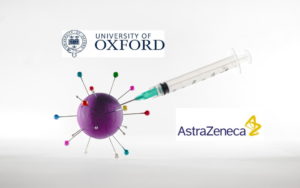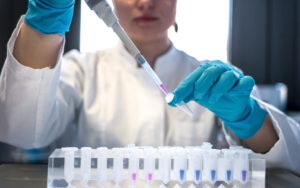TGA grants provisional registration for Pfizer booster in 12-15 age group, but ATAGI does not recommend
On April 7, 2022 the Therapeutic Goods Administration (TGA) granted Pfizer provisional registration for COVID-19 booster dose for adolescents 12-15 years, which would be a third shot six months after their first two regardless of which previous brand of vaccine used as their primary course. [1] One day earlier on April 6, 2022, Senator Malcolm Roberts questioned the TGA in a Senate Estimates session, over the safety of boosters for this young age group. On April 8, 2022 ATAGI met and concluded that based on current data they did not "currently" recommend the booster shot for 12 to 15 year, though they do still "strongly recommended" primary doses for ages 5-15. Reports of death and serious injury following the jab in all age groups including adolescent keep mounting up. As of April 19, 2022, over 57 million doses of COVID-19 vaccines had been administered in Australia according to ATAGI who continue to assess appropriateness of boosters for the adolescent age group..


